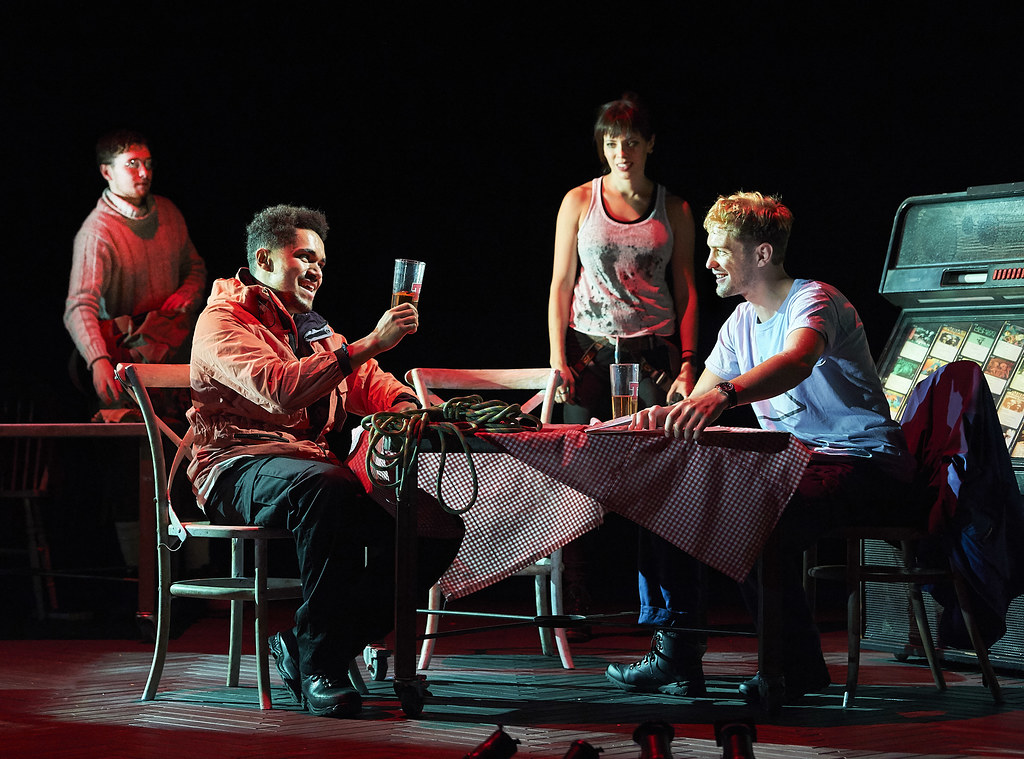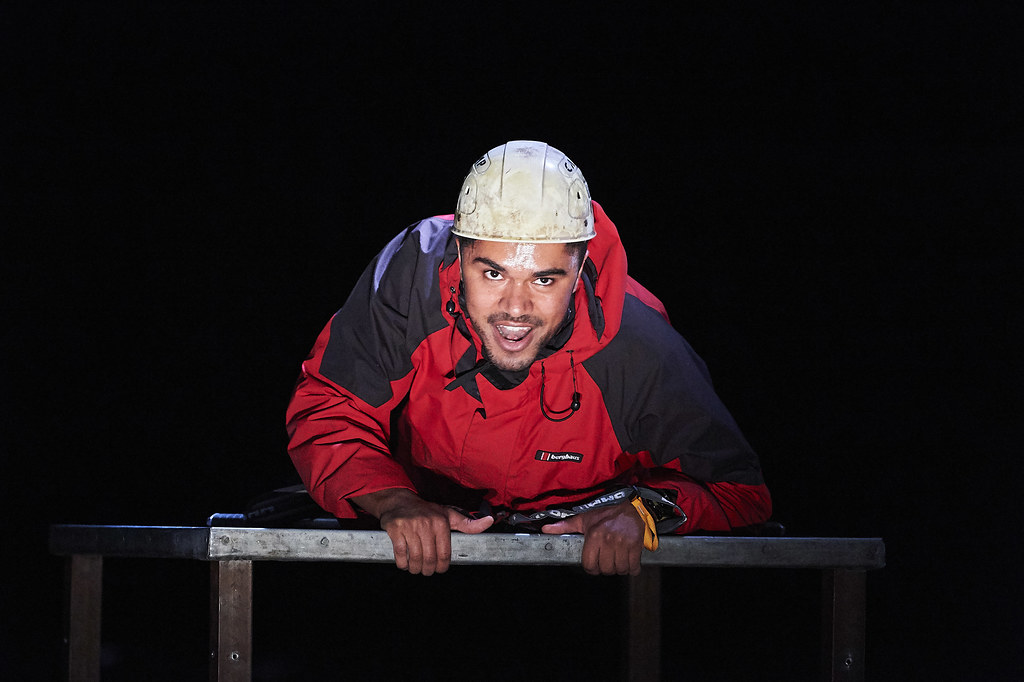“Bright moments.”
“STATURE, JOHN! STATURE!”
Pardon me. While this We Have Always Lived in the Castle is a slight, rather limp feature that leaves little impact, the way Crispin Glover delivers this line during one of this film’s emotional outbursts may be the most quotable moment of the festival for me. So that is definitely a plus.
Directed by Stacie Passon, from a script by Mark Kruger based off Shirley Jackson’s 1962 novel, this film earnestly attempts to capture the eerie Gothic aesthetics of big-empty-house-filled-with-tragic-memories stories, but comes up with not much exciting or original to do with it. Sisters Constance and Merricat Blackwood (Alexandra Daddario and Taissa Farmiga), and their uncle Julian (Glover) live in the ominous Blackwood manor, near a small town filled with citizens who hate their guts. The film never really clarifies why the animosity has arisen, except general resentment of their wealth and oddness. To be fair, as Daddario, Farmiga and Glover play them, the Blackwoods are certainly wealthy and undoubtedly odd.
Constance is rarely found without an unnaturally wide smile and a disingenuously kind word for everything, though past tragedy seems to have instilled in her a crippling fear of leaving the manor (a fear which is conspicuously unexplored beyond a passing reference). Daddario plays Constance with a certain recognizable glint of 1950s maddened-housewife mania, which suggests some truly sinister effects of their upbringing, but is also cloyingly one-note. Farmiga is much more irritating as Merricat, who glowers and stomps around leaving bizarre mystical offerings and trinkets around, believing herself a kind of sorceress able to protect the house and her sister with hexes and magic. Julian, his mind gone after the same tragedy that took the sisters’ parents’ lives, is mostly portrayed as an annoyance, though Glover does well to conjure a level of pathos to his sad situation.
The result of these characterizations is mainly a simple dispassion for whatever happens next. Each character is thinly developed, quirky often to the point of being aggravating, and generally just an uninteresting figure. The most interesting character, then, becomes Sebastian Stan’s intrusive Cousin Charles, who appears suddenly and suspiciously in their lives to “help,” and presumably collect a share of their fortune. Passon’s direction almost immediately clarifies that he is bad! and not to be trusted!, which is initially fun, but continues with so little nuance that one can essentially predict every development between the family members from then on. Charles manipulates the soft Constance, antagonizes the more suspicious Merricat, and disrespects the puzzled Julian, particularly when Julian mistakes Charles for his brother, the girls’ father, and yells at him about “STATURE!” This moment really makes the film.
Stan is impressive, and the standout performer, though that may be unfair given how thinly the other characters are written. Charles does not ever quite have a clear goal or intention, but the predatory way he installs himself in the family and imitates the archetypal patriarch are fun to watch, and he is certainly made fun to hate. If only Passon had made more in this film as fun to watch, it might feel less hollow. But as it stands, We Have Always Lived in the Castle cannot maintain its occasionally bright moments of weirdness and character conflict, instead listing into drab, predictable tales of male aggression, female weakness, and societal disquietude. There are richer, scarier, more engaging tales of a similar aesthetic to be found elsewhere.
—
Reviewer: Nathaniel Brimmer-Beller








You must be logged in to post a comment.